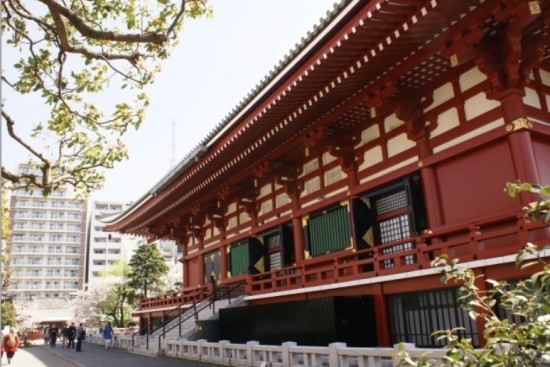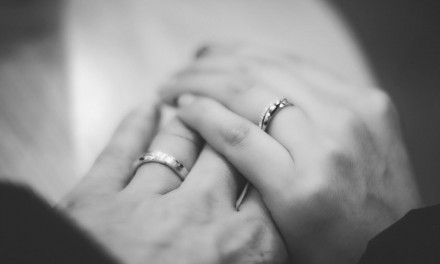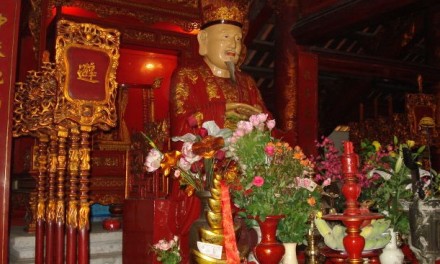Although all the world’s cultures are different, they all share some common customs, such as marriage, the bond between two families that are joined either through a religious ceremony, or through some kind of civil union.
And while every world culture has some kind of marriage ceremony, it’s the little differences between cultures that make them so fascinating to outsiders.
In Japan, the Land of the Rising Sun, the Shinto culture is still prevalent and the majority of couples are married according to age-old Shinto rituals.
Sake, the fermented rice wine that is so popular in Japan, still plays an important role in Shinto marriages.
As part of their marriage ceremony, a Japanese couple participates in a ritual called san-san-kudo that requires the bride and groom to take turns sipping sake three times from shallow cups that come in small, medium, and large sizes.
This simple ceremony is what seals a couple’s new bond of togetherness, and their relationship with the spiritual world.
Despite the prevalence of Shinto weddings, more and more Japanese couples are opting to include Western-style wedding customs into their weddings.
Although Japan’s population is only 1% Christian, around three-quarters of all Japanese weddings incorporate one or more Christian traditions from either Europe or the United States.
However, there is one area in which Japan led the Western world when it comes to wedding customs.
Japanese brides have always worn white, long before Britain’s Queen Victoria established the white wedding gown as a tradition during the Nineteenth Century.

In fact, the bride’s wedding wardrobe is one of the most important features of any traditional Japanese wedding.
The bride may change her outfit as many as three times during the day of her wedding.
She will generally begin the day wearing a traditional kimono, often a valuable antique dress that has been rented (not bought) for the occasion.
However, by the end of the wedding day, the bride will often be wearing a western-style white wedding gown.
In fact, a traditional Japanese bride will often be painted white from hairline to toes to symbolize her virginal status to the gods.
Brides may also wear one of two different styles of headgear.
One is a plain white hood, the other, called the tsunokakushi, is intended to hide the bride’s horns of jealousy, and also to symbolize her desire to become an obedient and gentle spouse.
In Japan, the bride’s mother gives her away by lowering her veil, though Japanese fathers walk their daughters down the aisle, just as western fathers do.




